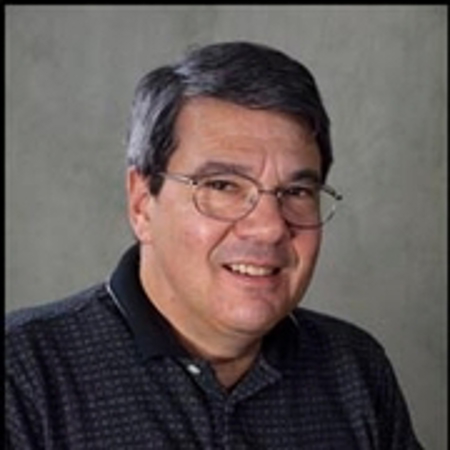Steven Heidemann
Professor Emeritus, Department of Physiology
Email: heideman@msu.edu
Bio
###Research Interests Cell physiology and neurobiology; cytomechanics of neuronal growth and motility, mechanical roles of the cytoskeleton in neuronal growth. My lab has shown that mechanical tension is a robust regulator of axonal development in several types of cultured neurons. Specifically, we have obtained direct evidence that mechanical tension can four phases of axonal development: 1) initiation of process outgrowth from the cell body; 2) growth cone-mediated elongation of the axon; 3) elongation of the axon after synaptogeenesis which normally accommodates the skeletal growth of vertebrates; and 4) axonal elimination by retraction. The axons initiated and/or elongated by experimenally applied tension appear normal by all available means. Particularly significant, the relationship between the force and the growth response is surprisingly simple: the neurite elongates like a Newtonian fluid mechanical element. That is, elongation rate is directly proportional to tension (above the threshold), and this simple linear relationship obtains both within the physiological range of growth rates and far-above-physiological rates. Thus, tension apparently integrates the complex biochemistry of axonal elongation, including cytoskeletal and membrane dynamiscs, to produce a simple "force input/growth output" relationship. Current efforts are devoted to determining whether mechanical force also regulates the basic input/outputs polarity of neurons into axons and dendrites and whether tension can be used as a practical, clinical stimulator of axonal outgroth. These studies are pursued using light and electron microscopy, micromanipulation, primary cell culture, and Newtonian physics.
Selected Publications
- Heidemann, S.R., P. Lamoureux, and W.D. Atchison 2001. Inhibition of axonal development by nonlethal, submicromolar concentrations of methylmercury. Toxicol. Appl. Pharmacol. 147:49-59.
- Heidemann, S.R., S. Kaech, R.E. Buxbaum and A. Matus 1999. Direct observations of the mechanical behaviors of the cytoskeleton in living fibroblasts. J. Cell Biol. 145: 109-122
- Ingber, D.E. and S.R. Heidemann, P. Lamoureux, R.E. Buxbaum 2000. Opposing views on tensegrity as a structural framework for understanding cell mechanics. J. Appl. Physiol. 89: 1663-1678.
- Lamoureux, P., G. Ruthel, R.E. Buxbam, and S.R. Heidemann. 2002. Mechanical tension can specify axonal fate in hippocampal neurons. J. Cell Biol. 159:499-508.
